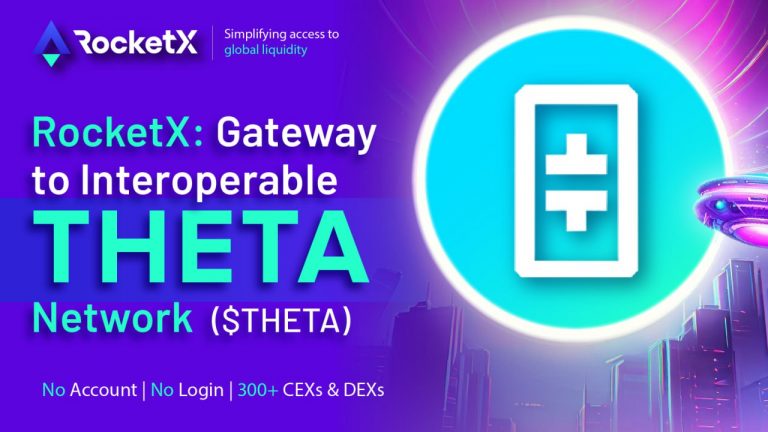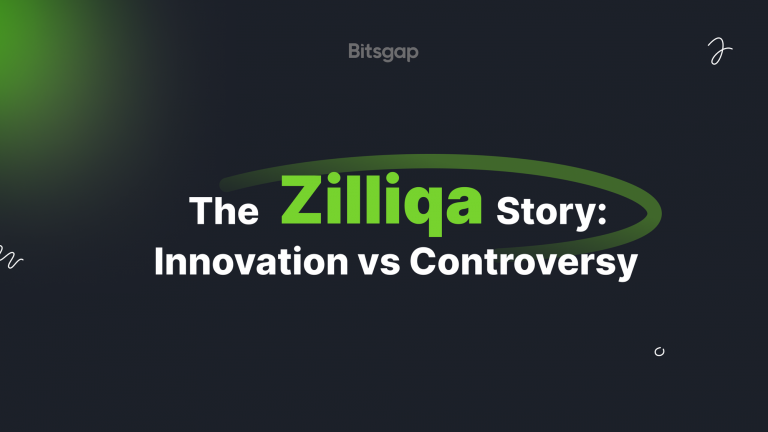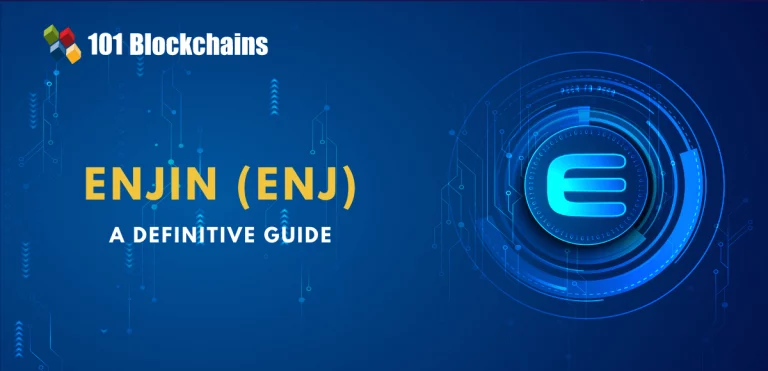
XRP A Digital Asset with Global Ambitions
XRP, a digital asset created by Ripple Labs, aims to revolutionize the global financial system by providing a fast, efficient, and cost-effective way to transfer money across borders. XRP’s unique technology and partnerships have made it a significant player in the cryptocurrency market.
The Origins of XRP
XRP was developed in 2012 by Ripple Labs, a technology company focused on creating solutions for the global payments industry. The goal of XRP was to create a digital asset that could be used to facilitate cross-border payments more efficiently and cost-effectively than traditional methods.
How XRP Works
XRP operates on a distributed ledger technology called the XRP Ledger. This ledger is a database that records all XRP transactions in a secure and transparent manner. XRP transactions are processed quickly and at a low cost, making it an attractive option for businesses and individuals who need to send money across borders.
The Benefits of XRP
XRP offers several benefits over traditional cross-border payment methods:
- Speed: XRP transactions can be processed in a matter of seconds, significantly faster than traditional bank transfers.
- Cost-Effectiveness: XRP transactions are typically cheaper than traditional bank transfers, especially for cross-border payments.
- Global Reach: XRP can be sent and received anywhere in the world, without the need for intermediaries.
- Security: The XRP Ledger is a secure and reliable platform for conducting financial transactions.
The Challenges of XRP
Despite its benefits, XRP has faced some challenges:
- Centralization: While the XRP Ledger is decentralized, Ripple Labs maintains control over a significant portion of the XRP supply. This has led to concerns about centralization and potential manipulation.
- Regulatory Scrutiny: XRP has faced regulatory scrutiny in some jurisdictions, particularly in the United States. The SEC has accused Ripple Labs of conducting an unregistered securities offering, which has led to legal battles.
- Competition: XRP competes with other digital assets and traditional payment methods, such as SWIFT.
The Future of XRP
The future of XRP is uncertain, as it faces challenges related to regulation and competition. However, XRP’s technology and partnerships have the potential to make a significant impact on the global payments industry. If XRP can overcome these challenges and gain wider acceptance, it could become a major player in the digital asset space.
In conclusion, XRP is a digital asset with the potential to revolutionize cross-border payments. Its speed, cost-effectiveness, and global reach make it an attractive option for businesses and individuals. However, the challenges it faces, such as regulatory scrutiny and competition, will need to be addressed for XRP to achieve its full potential.



